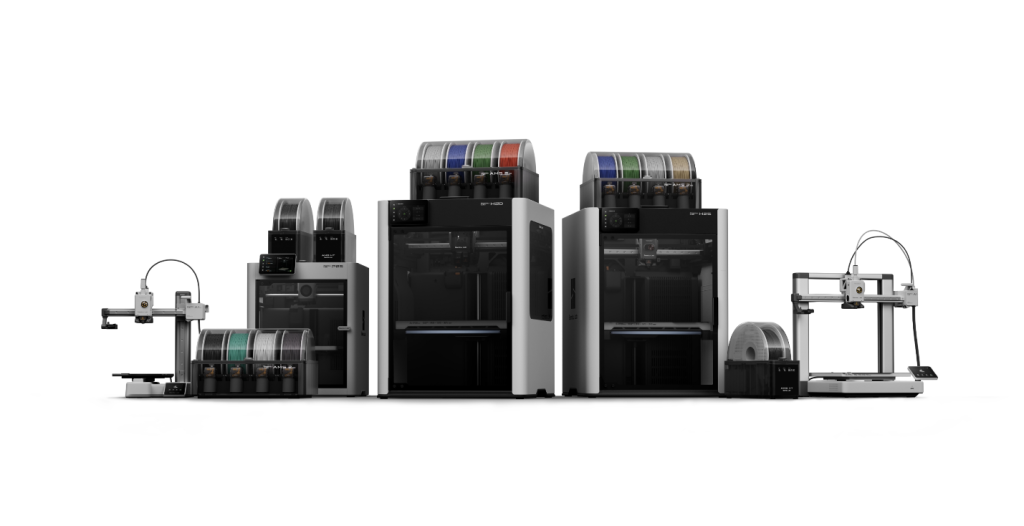The banking industry has undergone significant transformations in recent years, giving rise to the modern concept of digital banking. As a present-day reality, digital banking has revolutionized financial management, payment processing, and check depositing. The banking sector will continue to evolve in 2025, particularly in customer interfaces, making it essential to understand the current technologies and trends in banking. This article provides a comprehensive overview of digital banking systems expected to shape the industry in 2025.
What Is Digital Banking, Anyway?
Before diving into the details, let’s define digital banking. Digital banking enables users to manage their financial activities through web-based platforms, such as bank websites and mobile applications. It offers users remote access to essential services, including account monitoring, money transfers, and loan applications.
The key difference between digital banking and traditional banking lies in their approach to financial management. While digital banking operates through online interfaces, traditional banking requires physical visits. With digital banking, users can access their bank accounts anytime, anywhere, eliminating the need for long waits or restricted business hours.
Why Should You Care About Digital Banking in 2025?
Digital banking has already simplified life for many users, offering a more convenient way to manage finances. In 2025, expect even more improvements, with faster services, enhanced intelligence, and stronger security standards.
The introduction of new digital banking technologies brings significant advantages. Services such as bill payments, fund transfers, and account balance checks can all be done from the comfort of your home. The coming years will see exciting innovations that make online banking even more efficient and user-friendly.
Key Features of Digital Banking in 2025
Digital banking in 2025 will include numerous advanced features that enhance user experience. Here are a few key developments:
- Mobile Applications: Modern banking apps are evolving into powerful tools that allow users to handle all their financial needs. From budgeting tools to investment tracking and AI-driven financial guidance, these apps will become indispensable for managing finances.
- AI-Powered Customer Service: AI technology will enhance customer service through sophisticated chatbots. These bots will assist with various tasks such as password resets, credit card recommendations, and proactive identification of customer needs.
- Contactless Payments & Digital Wallets: With the rise of contactless payment methods and digital wallets (e.g., Apple Pay, Google Pay), users will no longer need to carry physical credit cards. These technologies will advance rapidly in 2025, offering a seamless payment experience.
- Better Security Features: Security remains a top priority in digital banking. By 2025, expect to see biometric authentication and enhanced encryption protocols, providing stronger protection for user data.
- Integrated Financial Tools: Digital banking platforms will offer integrated financial tools that go beyond basic banking functions. Expect features like auto-saving, bill payment automation, and investment management—all accessible from a single application.
Depositing Checks the Easy Way
Depositing checks has always been a tedious task. Traditionally, it required finding ATMs or visiting bank branches. Digital banking, however, allows users to deposit checks remotely using their mobile devices. If you’re wondering how to deposit a check online, the process is simple and straightforward. Here’s how:
- Open your bank’s mobile app.
- Access the mobile deposit function.
- Take clear photos of the front and back of the check.
- Enter the check amount (the system will automatically detect the value).
- Submit your check for deposit.
This process offers convenience and security, eliminating the need for in-person visits.
The Rise of Artificial Intelligence in Banking
AI is set to revolutionize digital banking in 2025. Beyond applications in robotics and self-driving vehicles, AI will significantly improve your banking experience. Banks will use AI to provide personalized financial guidance, monitor spending, and recommend investment opportunities.
AI will also improve fraud detection, speeding up the process of identifying suspicious activities, and enhancing loan approval accuracy. These advancements will streamline banking operations, improving service delivery.

Security: Keeping Your Money Safe in a Digital World
Security remains a primary concern for those engaging with digital banking. With an increasing number of users relying on online banking services, banks are focused on creating robust protection systems for customer data.
By 2025, digital banking security will feature enhanced multi-factor authentication, requiring more than just a password. Users will authenticate their identity through additional verification methods, such as fingerprint or facial recognition. The combination of AI and machine learning will further enhance fraud detection systems to combat evolving cyber threats.
The Future of Money: Digital Currencies and Blockchain
In 2025, digital currencies and blockchain technology are expected to gain wider adoption. Cryptocurrencies like Bitcoin and Ethereum have already made waves, while governments and financial institutions are exploring the development of their own digital payment systems.
Blockchain, the technology behind cryptocurrencies, enables decentralized transactions with minimal fees, faster payment processing, and increased transparency. Although the future of digital currencies remains uncertain, these technologies show significant potential for reshaping financial transactions.

Financial Control: Consolidating Your Data
Digital banking allows for better financial management by consolidating your financial data. This enables users to track expenses, set savings goals, and receive personalized investment guidance—all in one place.
What About the Challenges?
Despite its rapid growth, digital banking faces challenges. Limited access to smartphones or the internet prevents some individuals from fully utilizing digital banking services. Additionally, while technological innovations continue to improve, digital banking systems are not immune to cyber threats.
However, the continuous development of digital banking technologies shows promise, and the benefits far outweigh the challenges, making it a worthwhile option for those exploring smarter ways to manage their finances.
Conclusion: Embrace the Future of Banking
By 2025, digital banking will offer enhanced convenience, improved security, and highly personalized services. With advancements like AI-driven financial guidance and mobile check deposit, the banking experience will be more seamless and efficient than ever before.
The time to embrace the future of banking is now. Are you ready to take advantage of digital banking for smarter financial management in 2025? The future of banking is already here.





















